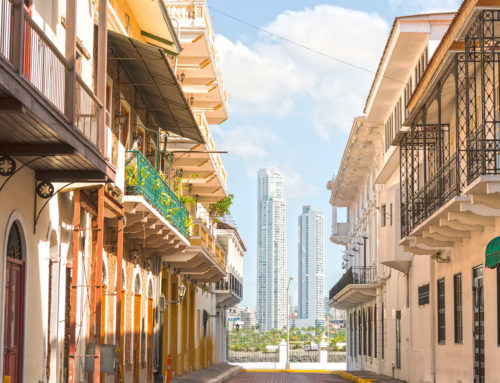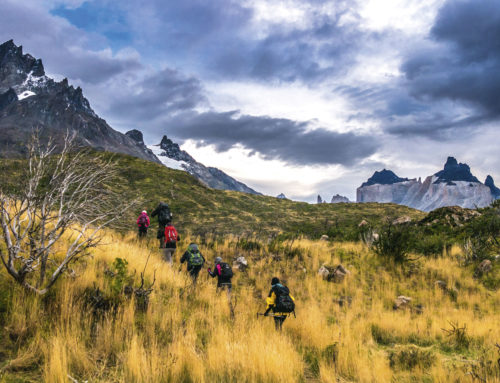Is there a difference between perceptions about connectivity and the reality? we asked our experts. Words: John Fitzsimons

Colin Stewart, UK director of Air Europa and chairman of LATA

Marcio Da Silva, Owner, Steamond Travel
How easy is connectivity into Latin America? Do you see a difference between perception and reality?
MDS: A lot of travel is via Europe as there are only a few direct flights from the UK, to destinations such as Sao Paulo, Rio de Janeiro and Buenos Aires, while some less regular flights to Santiago and Lima are available, too. That means that other capitals or main cities must be reached via Europe or the USA.
CS: The perception doesn’t line up with the reality anymore; the region is much more accessible than it used to be, and there’s a lot of capacity flowing into the market.
What is happening — or needs to happen — to improve connectivity?
MDS: Most routes have only one carrier, so we need competition from other airlines. Also, local governments and tourism offices should encourage airlines to fly to more destinations, either facilitating the process or perhaps by helping financially.
CS: Once you get an upturn in the number of airlines, that drives the traffic. At Air Europa we started out with three destinations in Latin America and now have more than 20. There’s now the addition of more British Airways direct services and Norwegian, too, which is not only another direct service but is reducing the overall cost of travelling to that part of the world. You have to have proactive, tourism-focused governments as well, and we are seeing that particularly in Argentina, Peru and Columbia.
What advice would you give to those booking to Latin America?
CS: What travellers are looking for is expertise, they need reassurance. So agents should look to build relationships with airlines and hotel providers. It’s not just about price; there’s an element of complexity and an agent with that expertise can offer great value to customers, particularly compared to other areas. The region is very open to British tourism.
MDS: It’s vitally important that you really understand the region and precisely which carriers and routes are available — that expert knowledge is invaluable with Latin America.
With no-frills carriers turning their attention to the region, how will this affect the market?
CS: It’s changed the marketplace for the consumer — it’s great news as they can get to more markets for a lot less than before. We have gone down the hybrid route, and I think other airlines are moving that way, too. You need to be able to offer the corporate and business class traveller a top product, but still compete as much as possible at a lower cost for traditional travellers.
What are the long-term prospects for growth in connectivity in Latin America?
CS: It can only go in one direction. We aren’t anywhere near saturation, there’s just so much growth potential for the area.





